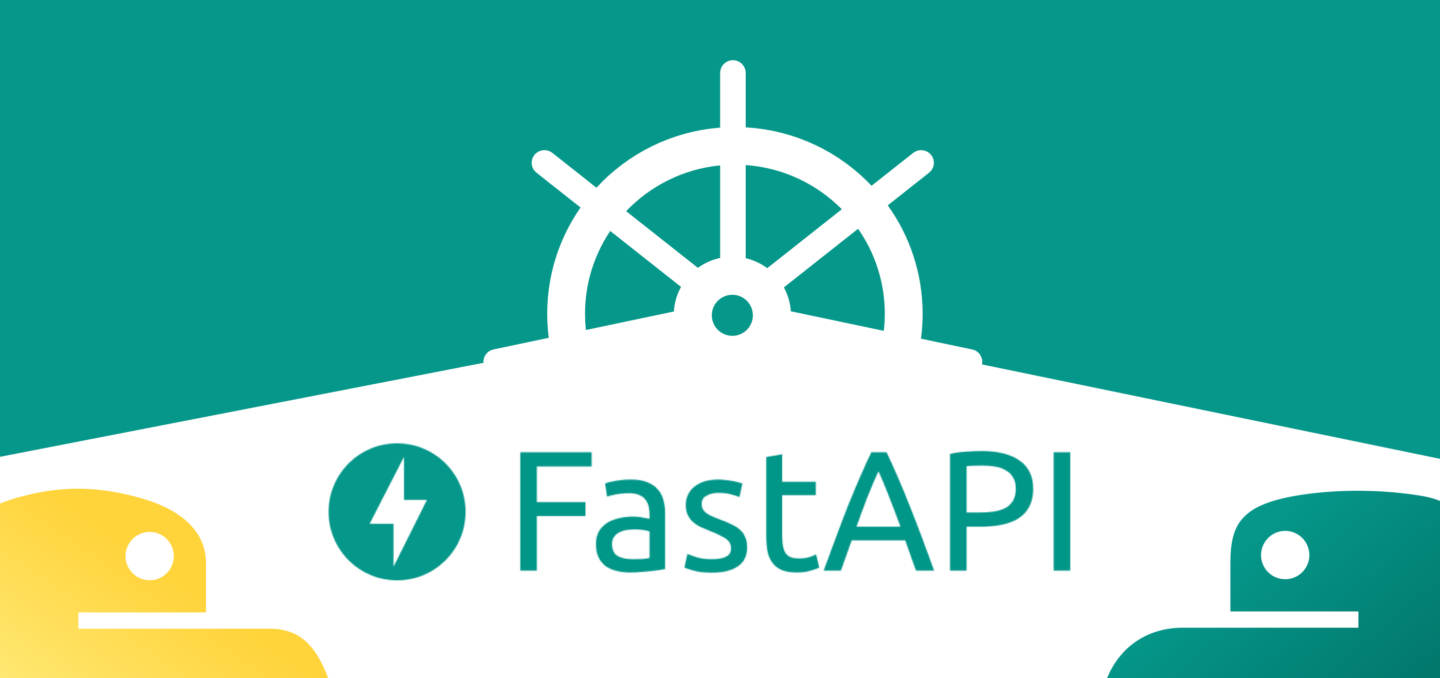Deploying FastAPI Applications to Production
Deploying a FastAPI application to production involves more than just writing code. It necessitates taking traffic handling, security, process management, and performance optimization into account.
We will go over many topics related to putting FastAPI applications into production in this blog, along with useful Python examples.
Table of Contents
- Multiple Workers and Process Management
-
-
- Utilizing Gunicorn with Uvicorn Workers
- Scaling with Multiple Workers
- Process Management Considerations
-
- HTTPS Encryption
-
-
- Adding HTTPS Support with Traefik
- Leveraging Let’s Encrypt for Free SSL Certificates
-
- Containerization with Docker
-
-
- Understanding Docker and Containers
- Building a Docker Image for a FastAPI Application
- Dockerfile Configuration
-
- Cloud Services and Hosting
-
-
- Exploring Paid and Free Hosting Options
- Walkthroughs for Hosting on Linode, Heroku, and Others
-
- Kubernetes Deployment
-
-
- Introduction to Kubernetes for FastAPI
- Deploying a FastAPI Application on Kubernetes
-
- Performance Optimization
-
-
- Async Programming with FastAPI
- Caching Strategies for Improved Performance
- Database, File, and Memory Optimization Techniques
-
- Troubleshooting and Monitoring
-
- Logging Best Practices
- Metrics, Monitoring, and Observability with Prometheus and Grafana
- Debugging Techniques and Common Pitfalls
Examples
Example 1: Deploying with Gunicorn and Uvicorn Workers
$ pip install “uvicorn[standard]” gunicorn
$ gunicorn main:app –workers 4 –worker-class uvicorn.workers.UvicornWorker –bind 0.0.0.0:8000
This example demonstrates using Gunicorn to manage multiple Uvicorn workers, providing scalability for handling a large number of requests.
Example 2: Dockerizing a FastAPI Application
FROM python:3.9
WORKDIR /code
COPY ./requirements.txt /code/requirements.txt
RUN pip install –no-cache-dir –upgrade -r /code/requirements.txt
COPY ./app /code/app
CMD [“uvicorn”, “app.main:app”, “–host”, “0.0.0.0”]
The configuration for containerizing a FastAPI application is shown in this Dockerfile snippet. It involves copying the application code, configuring dependencies, and defining the command to launch the program.
When deploying FastAPI applications to production, there are several steps involved, such as process management, security assurance, performance optimization, and troubleshooting. Developers can simplify the deployment process and guarantee a stable production environment by adhering to best practices and utilizing tools such as Docker, Kubernetes, and monitoring solutions.
Keep in mind that the objective is to ensure that the system operates effectively, safely, and dependably in a production environment. These examples are just meant to be a starting point; it is important to modify them according to the particular needs of the project and its deployment scenarios.
